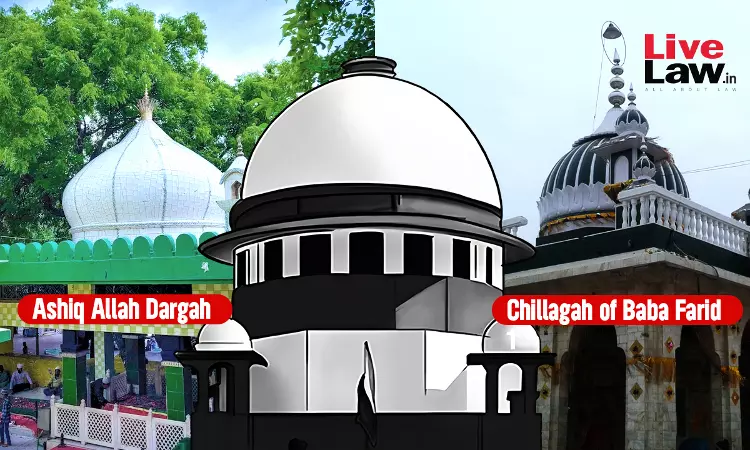'Let Religious Committee Examine First': Supreme Court Defers Decision In Plea To Protect Dargah In Delhi's Mehrauli
Awstika Das
5 March 2024 7:43 PM IST

Next Story
5 March 2024 7:43 PM IST
The Supreme Court on Tuesday (March 5) deferred its decision on the fate of certain religious structures in Delhi's Mehrauli, directing the petitioners and authorities to make their representations to a court-constituted religious committee first.A bench of Justices Surya Kant and KV Viswanathan was hearing a plea seeking protection from demolition for centuries-old religious structures...
